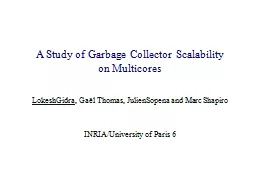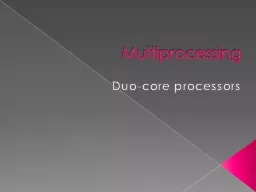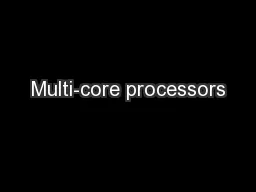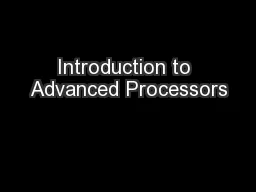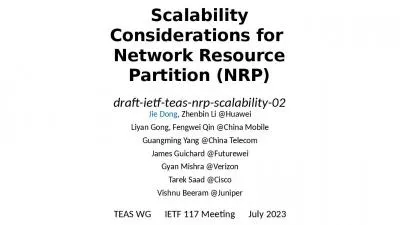PPT-Performance Scalability on Embedded Many-Core Processors
Author : jade | Published Date : 2024-01-29
Michael Champigny Research Scientist Advanced Computing Solutions Mercury Computer Systems 2010 HPEC Workshop September 15 2010 Motivation Singlechip parallelism
Presentation Embed Code
Download Presentation
Download Presentation The PPT/PDF document "Performance Scalability on Embedded Many..." is the property of its rightful owner. Permission is granted to download and print the materials on this website for personal, non-commercial use only, and to display it on your personal computer provided you do not modify the materials and that you retain all copyright notices contained in the materials. By downloading content from our website, you accept the terms of this agreement.
Performance Scalability on Embedded Many-Core Processors: Transcript
Download Rules Of Document
"Performance Scalability on Embedded Many-Core Processors"The content belongs to its owner. You may download and print it for personal use, without modification, and keep all copyright notices. By downloading, you agree to these terms.
Related Documents


